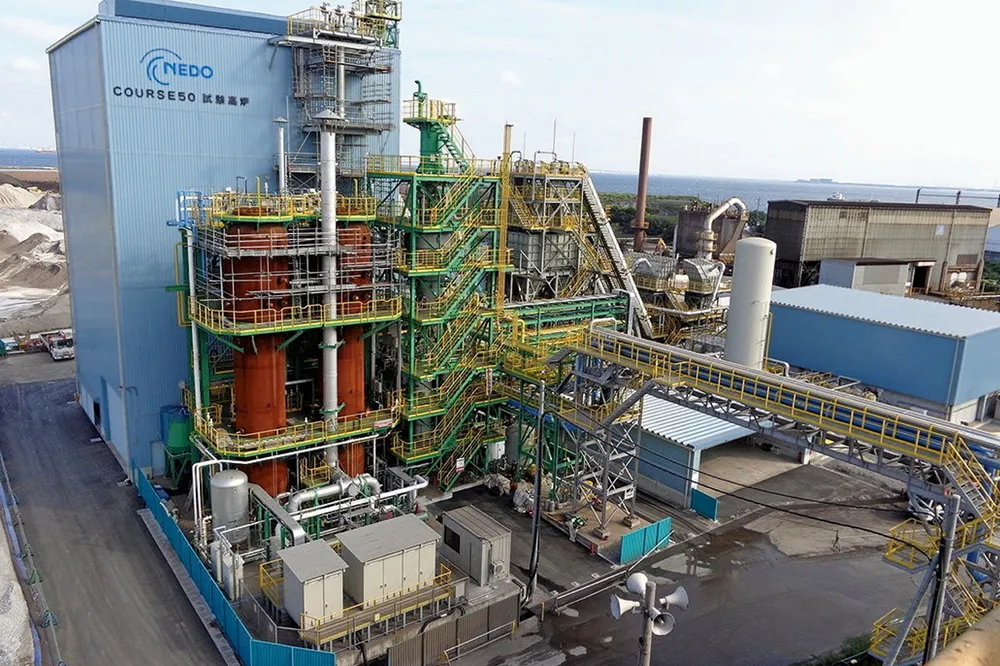Japan’s largest steelmaker claims hydrogen injection has cut its test blast furnace emissions by a third
Nippon Steel plans to deploy H2-based process at Kimitsu works at beginning of 2026

Nippon Steel plans to deploy H2-based process at Kimitsu works at beginning of 2026
